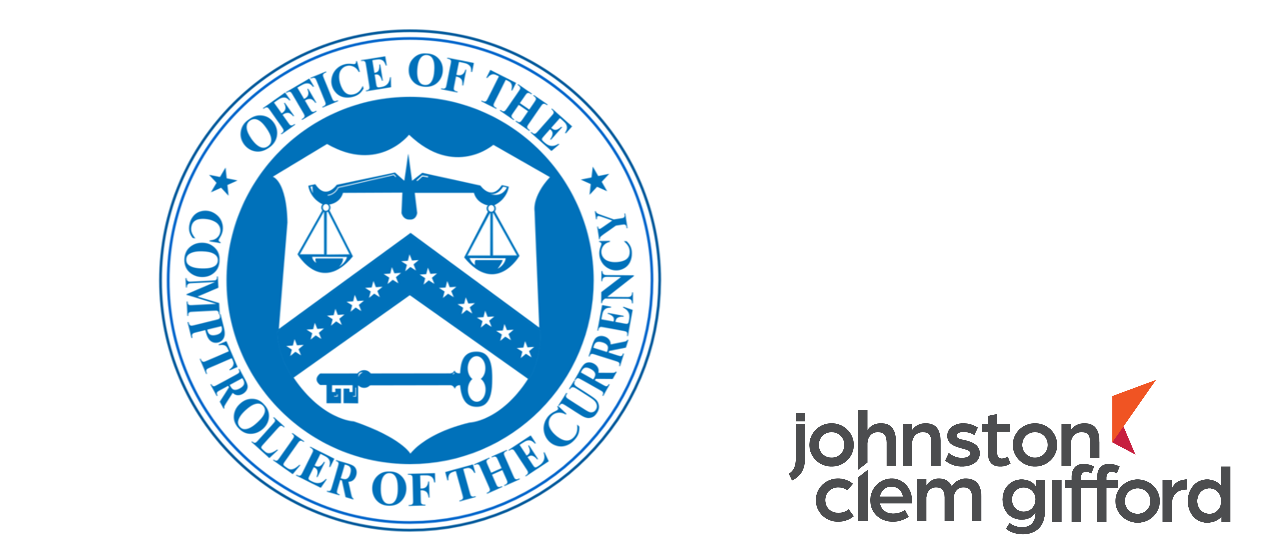OCC Issues New Final Rule On Community Reinvestment Act

The US Office of the Comptroller of Currency (“OCC”) has finalized new regulations related to the Community Reinvestment Act (“CRA”). The CRA was passed in 1977 to encourage banks to provide loans and credit for people living in low-to-moderate income neighborhoods. Each covered bank and lending institution receives a “CRA score” that has important implications for regulatory approval of branch openings, mergers, and other marketplace activities. Local politicians, social activists, and other community members monitor local CRA scores—so it can become an important public relations asset.
Two concerns prompted the new regulatory rules: (a) the expansion of online banking and (b) the need to clarify what lending and other activities qualifies as “credit” for an institution’s CRA score. The new regulations address both concerns and add a new quantitative method for evaluating CRA performance. The regs also impose new reporting and record-keeping obligations. In general, the changes should be positive for banks and borrowers.
Area Assessment Delineations
The regulations recognize the continued importance of geography in how banks find depositors and conduct lending and credit activity. The new regs keep the geography-based area assessment delineations, but with a new name: “facility-based assessment areas.”
The regs add a new area assessment delineation called a “deposit-based assessment area” or “DBAA.” This reflects changes in how banks have conducted business over the last twenty-plus years and the continued mobility of US consumers. Banks often find depositors online—and many consumers do not change banks even if they move across the country and even if their bank has no local branches in their new location. This is the reality of online and mobile banking. DBAA assessments are required for banks that gather more than 50% of deposits from outside of its designated facility-based assessment areas.
This should be a positive development for both banks and borrowers. Some banks can receive CRA evaluation “credit” for engaging in low-to-middle income lending activity regardless of location. Because banks will receive “credit,” they have an added incentive to engage in CRA-relevant activities in distressed and under-served areas beyond the bank’s traditional geographic footprint.
In one criticism of the new regulations, it does not seem that a bank can voluntarily delineate a DBAA unless its deposits are at the 50%+ level from outside of its geographic assessment areas. This might encourage banks to shift toward online and non-geographic-based marketing models, creating unintended consequences.
Clear Definitions of CRA-Related Activities and Preapproval Now Available
The prior OCC regulations provided very little clarity with respect to what qualified as CRA-relevant activity. The new regs correct this problem by providing a detailed list of creditable activities—see the list here. Among other notable additions, lending and financial activities related to Indian tribal lands now clearly qualifies as CRA-creditable activity.
Lending activities can also now be considered for CRA “credit” even if those activities do not wholly or directly benefit low-to-moderate income communities within a bank’s delineated assessment area. While a “discernible nexus” is still required, some have noted that this change opens the door for banks to receive CRA credit for large development projects like bridges, roads, economic development, and general infrastructure projects.
Finally, the new regulations provide a mechanism for seeking pre-approval from the OCC for potentially CRA-creditable lending or community activities that are not listed and that might have been rejected during past CRA examinations. OCC claims that this provision will encourage innovation.
New Evaluation Metrics for Compliance Reviews
The new regulations also require that OCC personnel use quantitative metrics when considering a bank’s CRA score. The new regulations attempt to remove the subjective component of the past evaluations and reviews.
Essentially, new compliance reviews will be based on a bank’s dollar volume of lending (and other relevant) activities compared to the value of community development lending, in-kind, and money donations during the relevant period. Details are sparse on how these metrics will be applied. OCC should provide more details on the metrics.
Timing, New Reporting, and Record-Keeping Obligations
As usual, the new regs impose enhanced reporting and record-keeping obligations. But banks will have time to prepare—they become effective for larger banks on January 1, 2023 and for smaller/medium-sized on January 1, 2024.
Contact Johnston Clem Gifford PLLC
For more information, contact the attorneys at Johnston Clem Gifford PLLC. We have teams of attorneys with extensive experience in business and finance law. Contact us online or by calling 214-974-8000.
